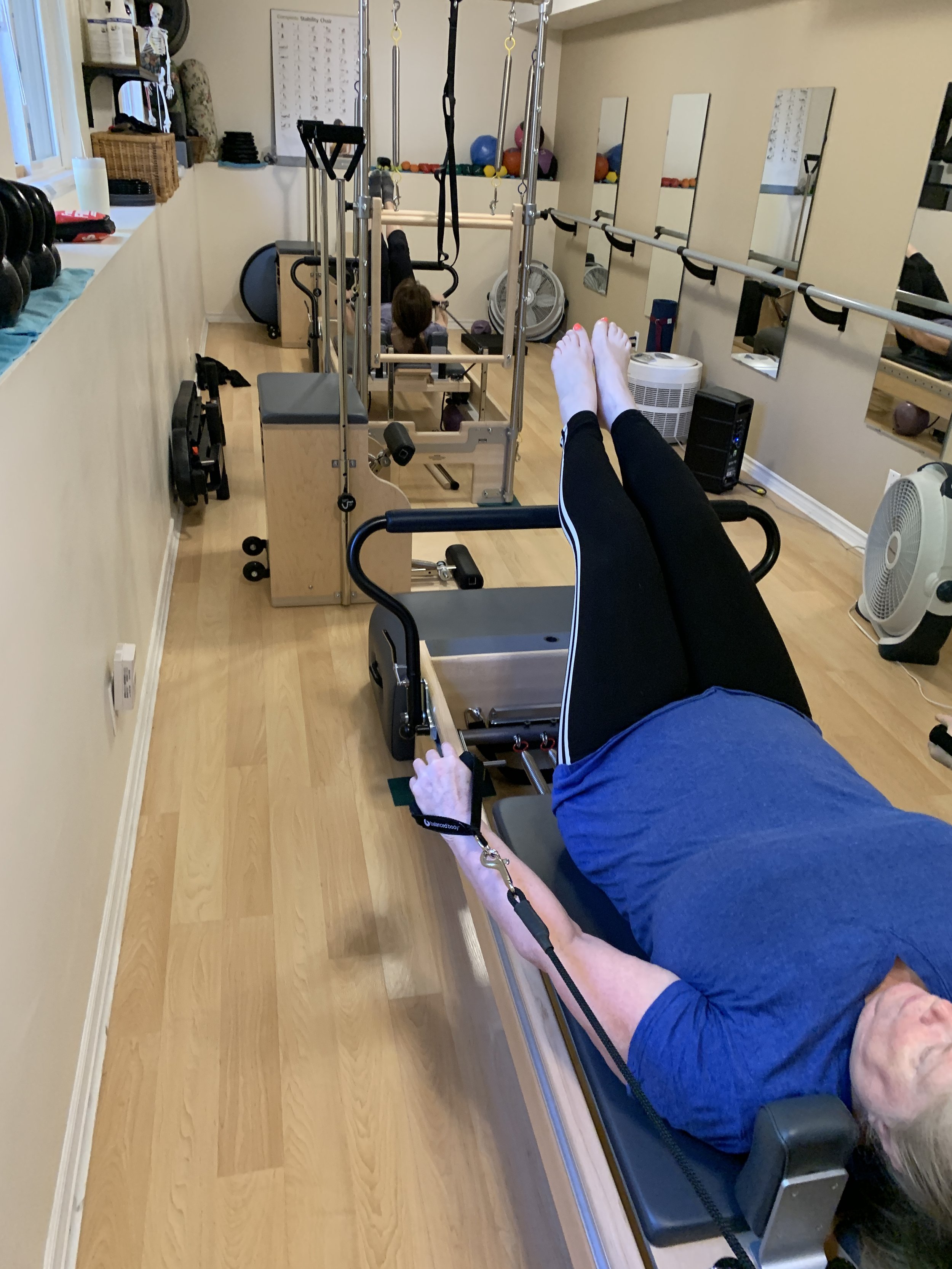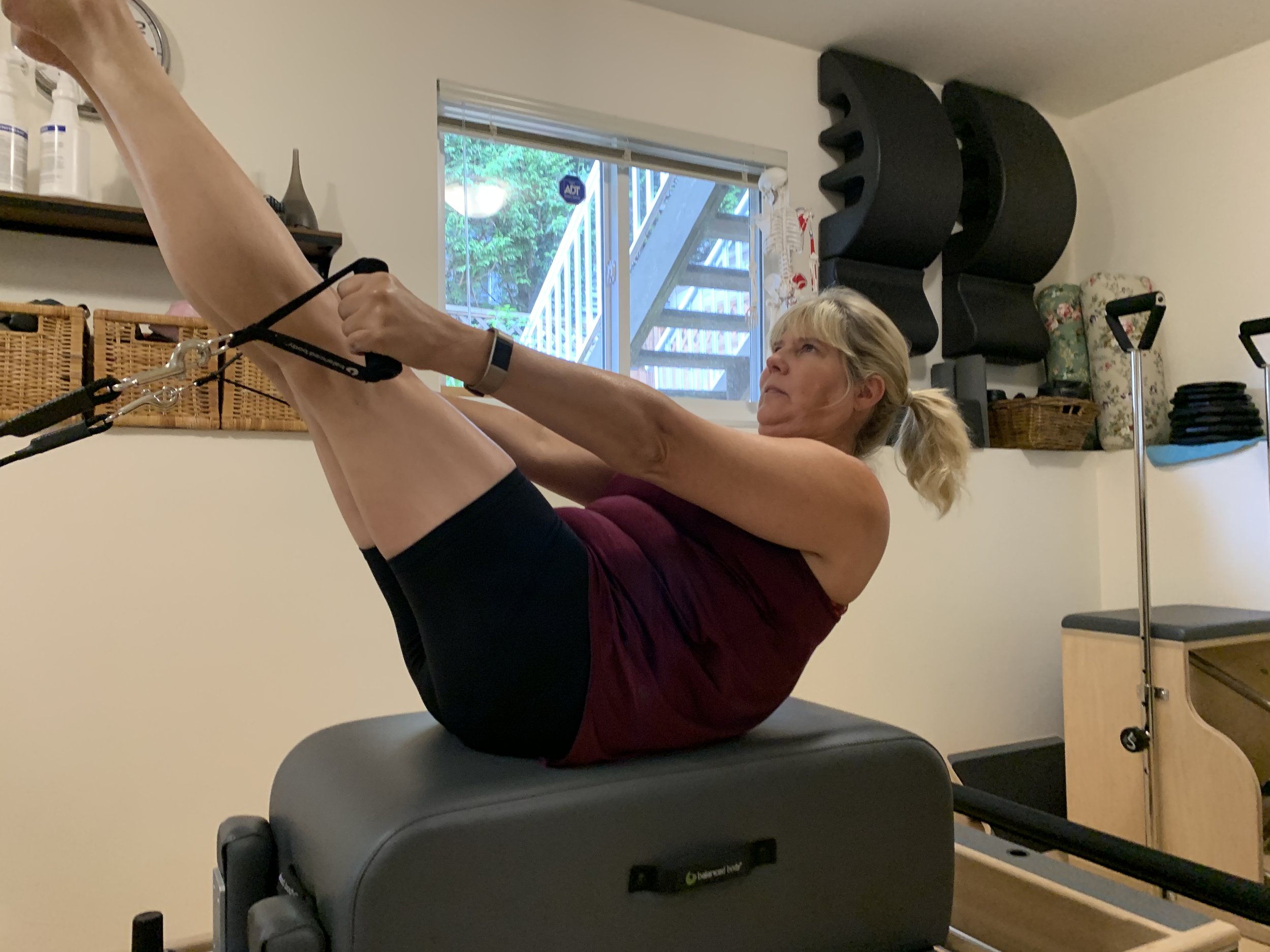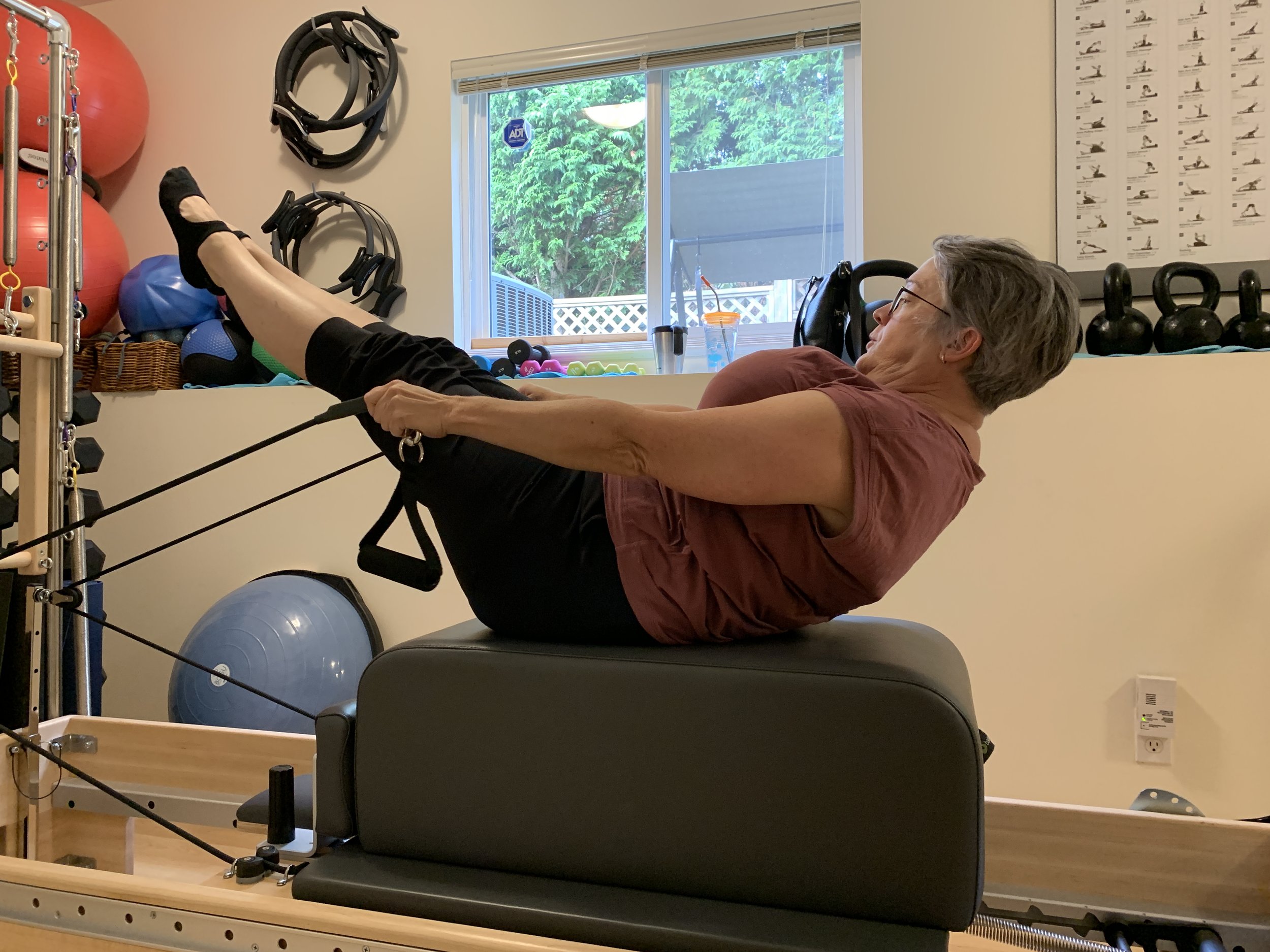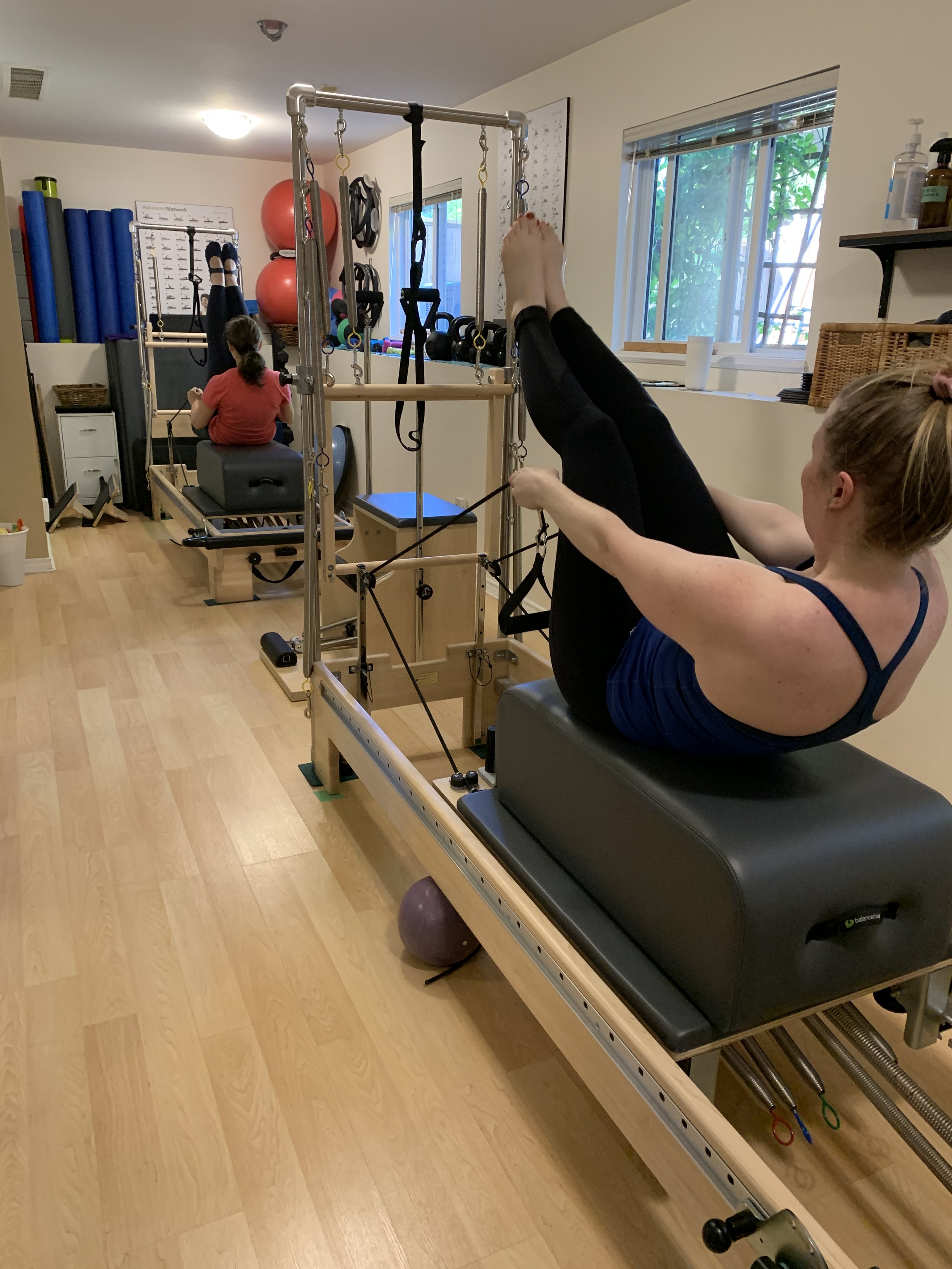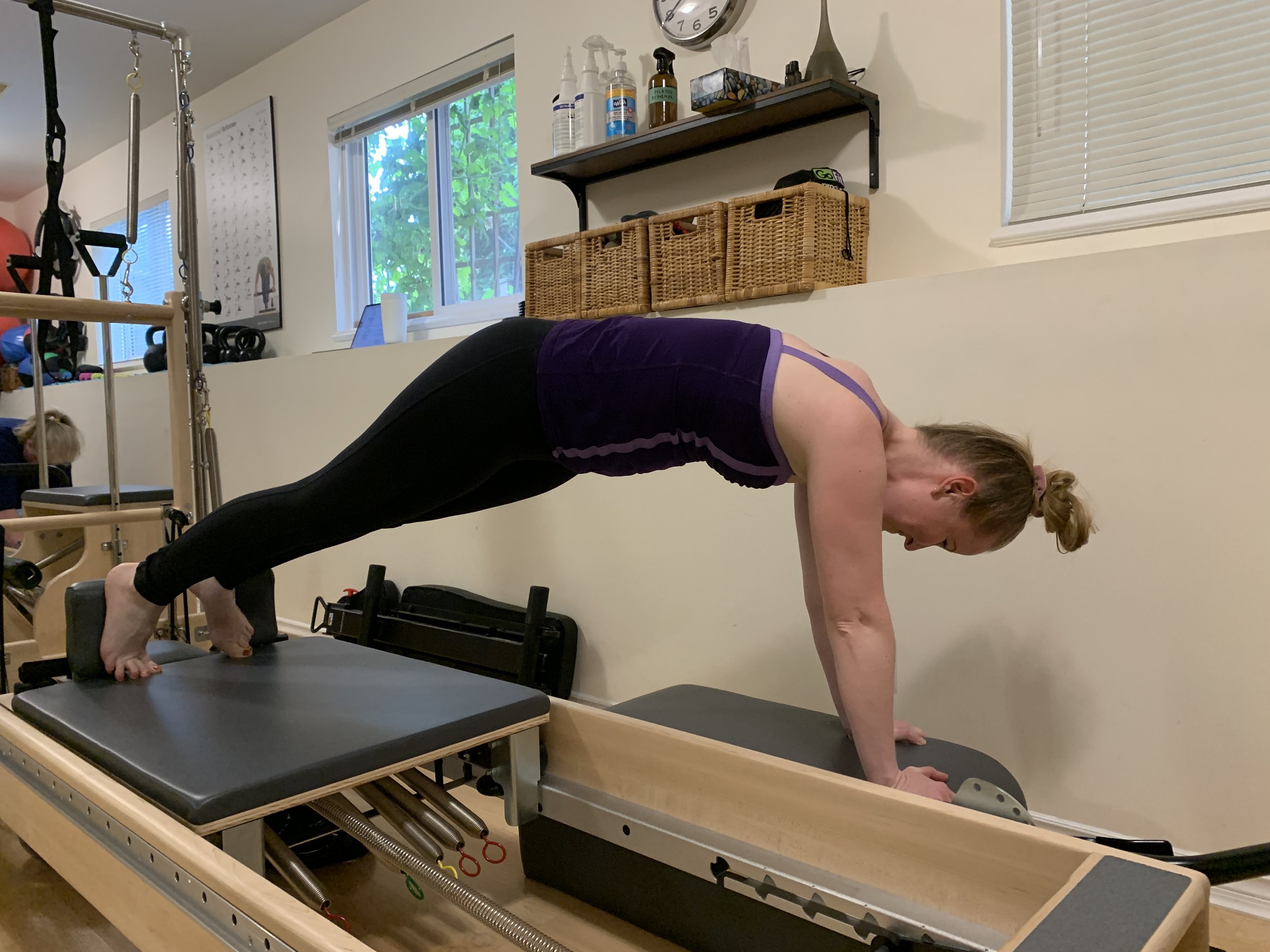Expanding the Guidelines
Guidelines for increased health, weight loss, reduced pain, and mood boost
For this week’s newsletter I’d like to review the national physical activity guidelines. I often sound like a broken record regarding the guidelines, but there is so much misinformation out there from so called social media “experts”. That is why I feel so passionate about myself receiving credible higher education based on actual evidence-based science.
A little history about Canadian physical activity guidelines. The Canadian Society for Exercise Physiology (CSEP), in cooperation with ParticipACTION and other stakeholders, and with support from the Public Health Agency of Canada (PHAC) develop the guidelines, and update them when new scientific data is obtained. Currently these important guidelines are based on 5 systemic reviews, which is the gold standard for research. Systematic reviews take thousands of studies and analyze them to find correlations in the data. Based on those findings, we can confidently discern the benefits of physical activity, which are universal and almost the same globally.
Following these guidelines have been shown to reduce the risk of chronic disease and premature death and maintain functional independence and mobility. They can improve fitness levels, body composition (fat loss), bone health, cognitive function, and indicators of mental health. The potential benefits far exceed the potential risks associated with physical activity.
There are four main components: cardio, muscle/bone building, flexibility, balance
Cardiovascular Activity
A total of 150 minutes moderate intensity or 75 minutes vigorous intensity cardiovascular activity weekly. This is activity that gets your heart rate up.
That is roughly 22 minutes of brisk walking or light jogging daily or 11 minutes of high impact HIIT training or sprinting daily. I advise not performing more than this amount of cardio weekly unless you are an endurance-based athlete and/or training for a specific event. Or perhaps you love going for your daily brisk walk which helps you reduce stress (do activities you love!). Your number one focus is getting 3 muscle and bone strengthening workouts in (more about that in next section).
Using the handy RPE chart below, moderate intensity is activity in the “fitness zone”, whereas vigorous intensity is activity in the “performance zone” or “high performance zone”.
Muscle and Bone Strengthening Activities
Every week schedule 2 to 3 sessions of purposeful resistance training for all major muscle groups. Depending on your goals you could structure this by:
Focusing on 2 muscles groups twice weekly, meaning strength training 6 days per week: Mondays & Thursdays: chest/triceps, Tuesdays and Fridays: back/biceps, Wednesdays and Saturdays: legs/shoulders/core
Focusing on exercises for upper body twice weekly, and then two more workouts focusing on lower body exercises. Your week would look like: Mondays and Thursdays upper body exercises, and Tuesdays and Saturdays lower body exercises
Focusing on total body workouts twice (or even better three times) weekly. Where you perform 1-2 exercises per muscle group each session. Here at PLS we focus on this style of training as there are additional benefits to full body training. One major benefit: Peripheral Heart Action Training (PHA). PHA training alternates between upper body exercises with lower body exercises. This method of training increases your blood circulation helping to reduce blood pressure issues, increases maximal oxygen consumption, increases caloric expenditure and is theorized to decrease body fat and increase lean muscle mass.
Pick exercises that challenge your muscles to near fatigue.
Below are pictures of several of my amazing clients strengthening their arms and core utilizing the Pilates reformer and sitting box.
Flexibility (optional)
1-2 weekly, can be added at the end of your cardio or strength sessions
Balance (optional)
1-2 weekly, can be incorporated into your strength sessions
The Canadian guidelines took out both flexibility and balance training as studies show they are not necessary if already incorporated in cardio and strengthening activities, whereas other countries have left them in.
If you find the current physical activity recommendations overwhelming, please don’t worry! Life is messy and there will be different phases in our lives when we can’t fit in more exercise. Maybe all you can fit in is one long walk a week, plus your Pilates sessions. Maybe you can only get in your strength sessions, plus playing with your kids. That is absolutely okay. Please know that any activity is better than no activity, and we don’t have to be perfect.
Hope today’s article expanding on my previous newsletter on the guidelines has been helpful. Let’s have an amazing Fall to crush our health and fitness goals!
Resources:
https://cdnsciencepub.com/doi/full/10.1139/H11-009
https://blog.nasm.org/certified-personal-trainer/peripheral-heart-action-training


